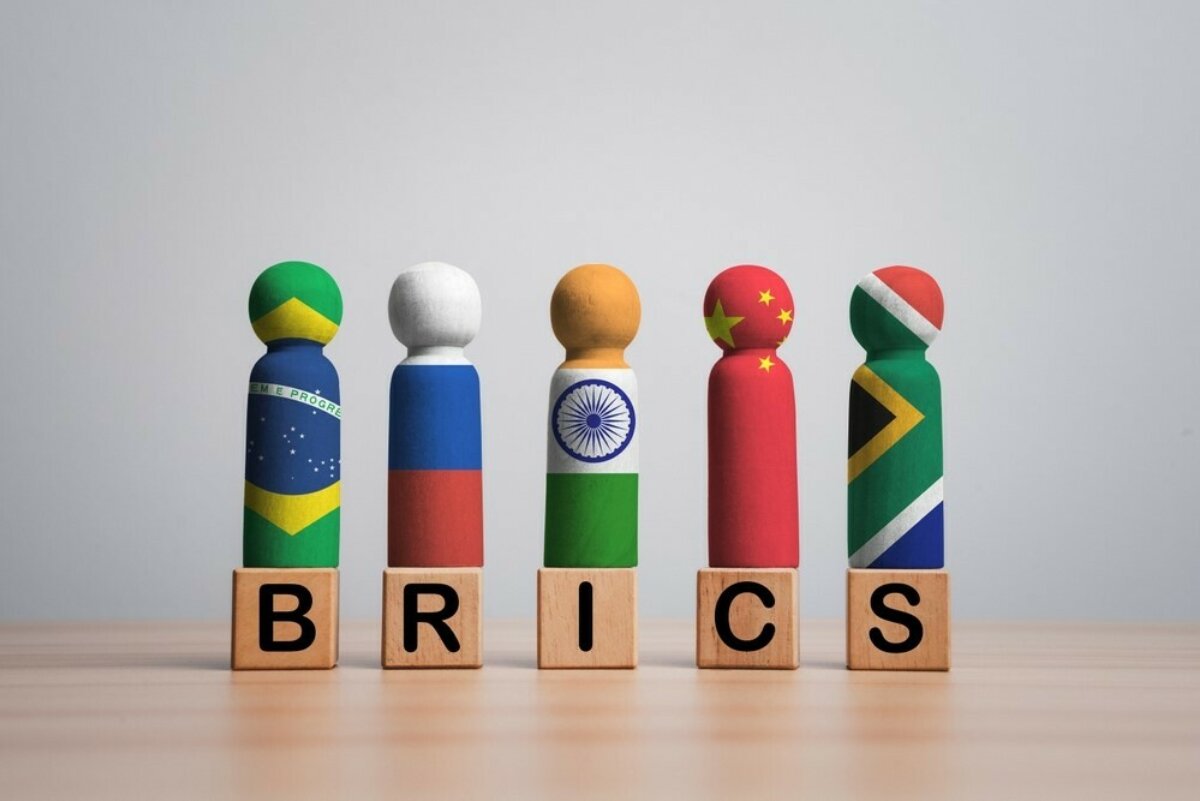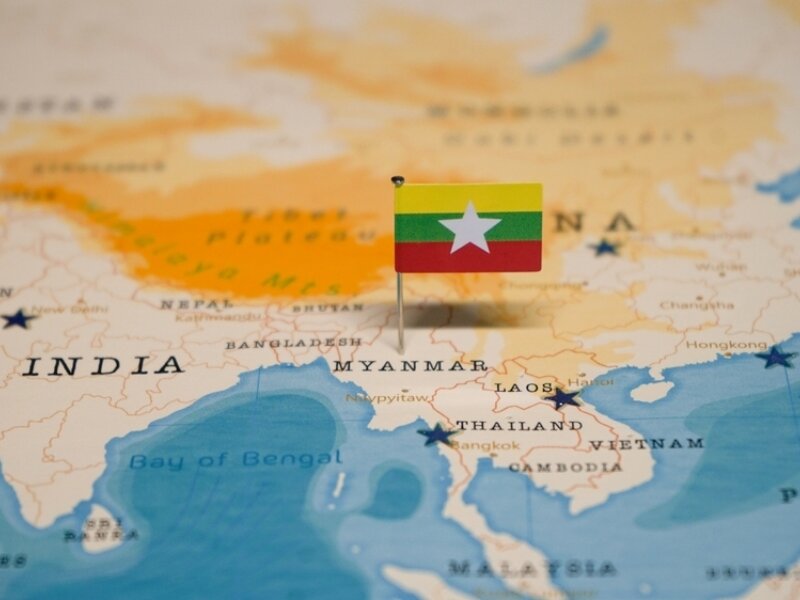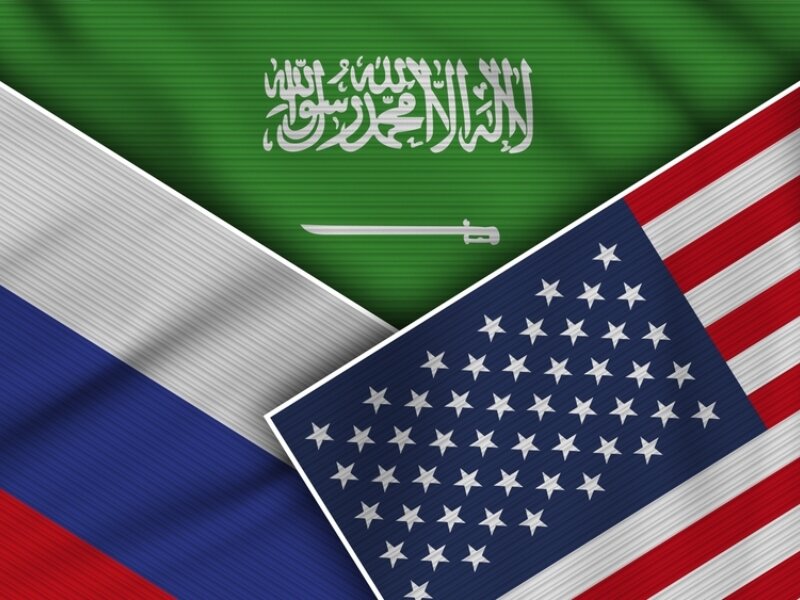The 2024 BRICS Summit: Between Shared Ambitions and Internal Contradictions
The BRICS forum, convening in Kazan at the end of October, continues to expand its influence on the global stage. The role of China and India at the forum and competition with the West. A summary of the proceedings of the meeting.

The 16th BRICS Summit, the annual meeting of the member countries of the forum founded in 2009, took place in Kazan, Russia, from 22 to 24 October 2024. This year, in addition to the original members (Brazil, Russia, India, China and South Africa) and the new countries that joined at the beginning of 2024 to form BRICS+ (Egypt, Ethiopia, Iran and the United Arab Emirates), representatives of other states also attended, with a total of thirty-six delegations present. Among them were delegates from Algeria, Belarus, Bolivia, Cuba, Indonesia, Kazakhstan, Malaysia, Nigeria, Thailand, Türkiye, Uganda, Uzbekistan, and Vietnam, as countries interested in joining.
UN Secretary-General Antonio Guterres also attended the summit, marking his first meeting with Russian President Vladimir Putin since Russia’s invasion of Ukraine. Numerous topics were discussed, culminating in the Kazan Declaration, the final document of the summit, which underscored a limited consensus among members. The BRICS coalition, which brings together key countries from the Global South and represents nearly half of the world’s population and 35% of global GDP (compared to 10% and 30% for the G7 nations), is characterized by significant economic, political, and social divergences.
Both in the various sessions and in the final declaration several references to the ongoing conflicts have been made. Leaders spoke out on the Middle East crisis, condemning Israel’s actions in Gaza and Lebanon and calling for de-escalation and respect for humanitarian law. Much less space was devoted to the conflict in Ukraine. In the only paragraph on the subject, there is no reference to a common vision, only to the positions already expressed by individual countries. Staying about security, it’s also worth mentioning the bilateral meeting between Chinese President Xi and Indian Prime Minister Modi (the first since 2019), which took place on the sidelines of the summit and led to an agreement on several points concerning relations between Delhi and Beijing, particularly about border tensions in the Ladakh region.
Economic and financial issues constituted another major theme of the Kazan proceedings. Since its inception, the BRICS forum has advocated for restructuring the international economic order, which has traditionally been centered on the U.S. dollar. While this year’s summit did not call explicitly for a unified BRICS currency (in contrast to the 2023 Johannesburg summit), it emphasized the importance of local currencies in international transactions. The creation of the BRICS Clear system – a trade settlement and clearing mechanism for member countries (and partners) intended as an alternative to the Western SWIFT system – was among the initiatives highlighted. Another initiative was the establishment of the BRICS Interbank Cooperation Mechanism (ICM) for banking cooperation within the organization. Russia also proposed a BRICS Grain Exchange Platform to facilitate grain trading, with the potential for expansion into other agricultural and non-agricultural sectors.
However, significant internal divisions persist within BRICS. Not all members agree on the need for a unified currency; countries such as India, South Africa, and the UAE are hesitant to decouple entirely from the dollar, especially when doing so could disproportionately strengthen China’s yuan. Furthermore, the BRICS New Development Bank (NDB), created to fund investment projects as an alternative to the World Bank and the IMF, remains limited in its capabilities compared to these larger institutions. For instance, in 2021, the NDB mobilized $29.7 billion, in contrast to the World Bank’s $157 billion, causing some member countries to question the feasibility of heavily favoring this nascent financial institution over more established bodies.
The Kazan summit also addressed the possibility of expanding the forum further by introducing a partner country status as a preliminary stage to full membership. Views diverged here as well. While China has advocated for a BRICS expansion, Brazil and India have taken a more cautious stance, wary of the anti-Western orientation that China and Russia appear to associate with enlargement. Illustrating these concerns, Brazilian President Lula vetoed Venezuela’s potential partner country status, citing apprehension over Venezuela’s increasing alignment with Russia’s international positions, which has raised concerns among other South American countries. Venezuelan President Maduro used the summit as an opportunity to reiterate his support for Putin.
Also notable was Turkish President Erdoğan’s attendance – he was the only NATO leader present at the summit – following his recent expression of interest in Türkiye potentially joining BRICS. Türkiye’s interest appears primarily driven by economic partnerships rather than political or military alliances. Similarly, Saudi Arabia, which is still considering an invitation to join BRICS, is likely interested in extending its economic relationships within the bloc while simultaneously working toward a mutual defense agreement with the United States. Notably, Saudi Foreign Minister Faisal bin Farhan attended the Kazan summit while Saudi Prime Minister Mohammed bin Salman met U.S. Secretary of State Antony Blinken in Riyadh.
The interest of these new actors suggests that BRICS is likely to play an increasingly central role in global affairs in the coming years. Despite the notable internal differences, the economic and political growth of BRICS has been significant in recent years. This growth reflects a deliberate effort by the Global South to assert its priorities not only within traditional international channels but also within emerging paradigms in contemporary international relations. The rise of a multipolar order has led new actors to seek greater independence from established global powers and to pursue foreign policies detached from traditional alliances. In this context, BRICS appears to have captured the attention of these emerging powers. Nevertheless, even as its members participate in leading international organizations—such as the IMF and the UN—and in alliances with the G7 countries, such as the Quad, it remains to be seen whether BRICS intends to function as a complement or an adversary to the West.
The continued growth of BRICS cannot be overlooked by Washington and Brussels. Should Moscow and Beijing continue to shape the forum’s agenda in an anti-Western direction, the G7-BRICS antagonism may escalate. Conversely, if countries like India, the UAE, and Egypt succeed in fostering cooperative policies with Western actors, the resurgence of a divided world may yet be averted.



